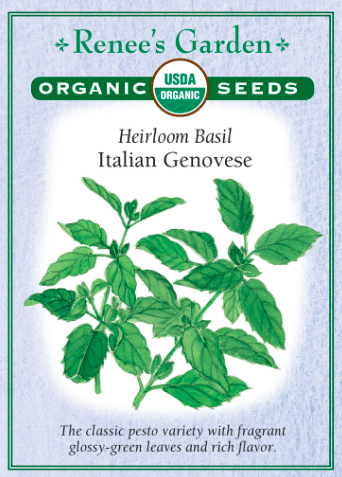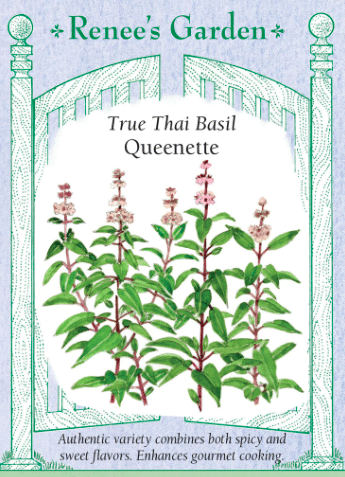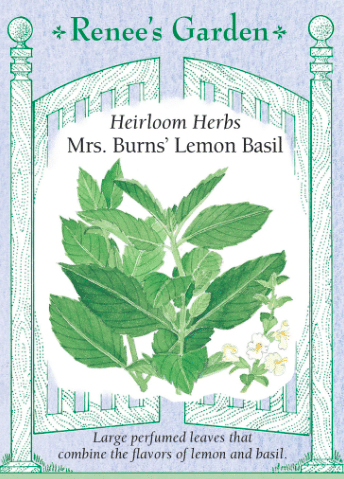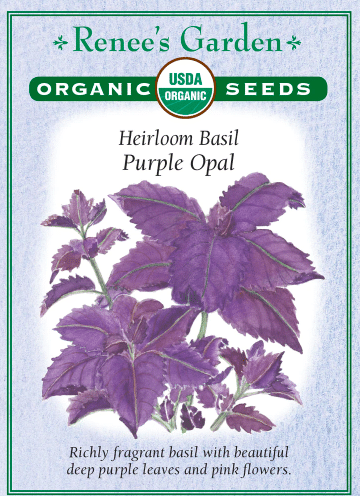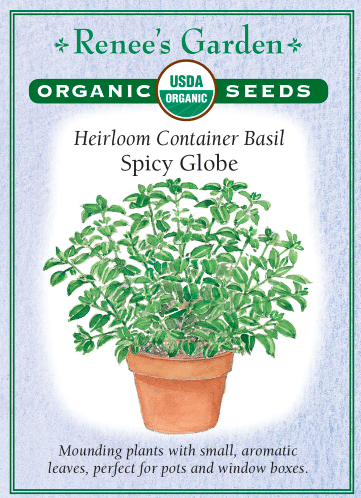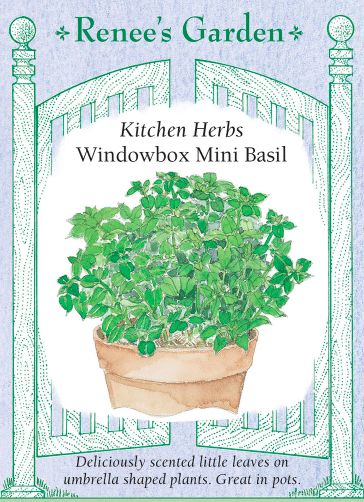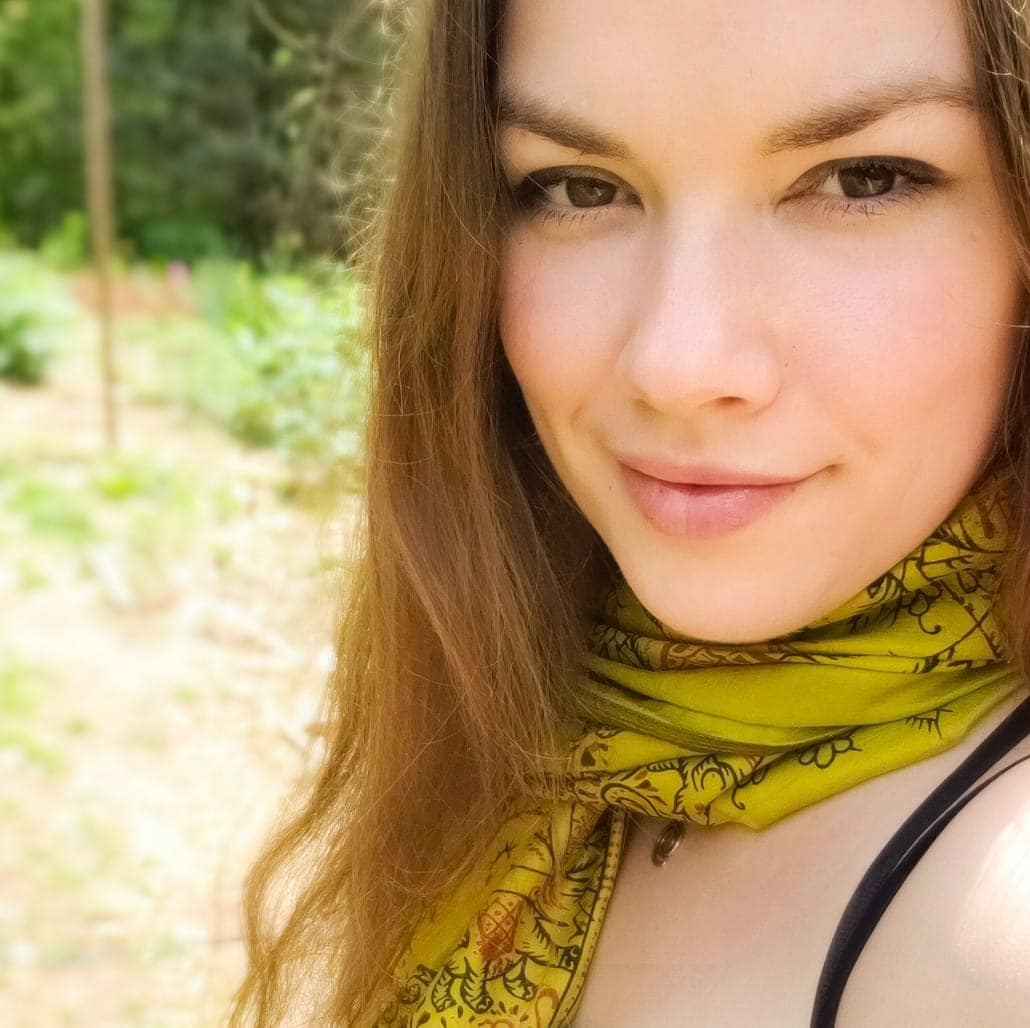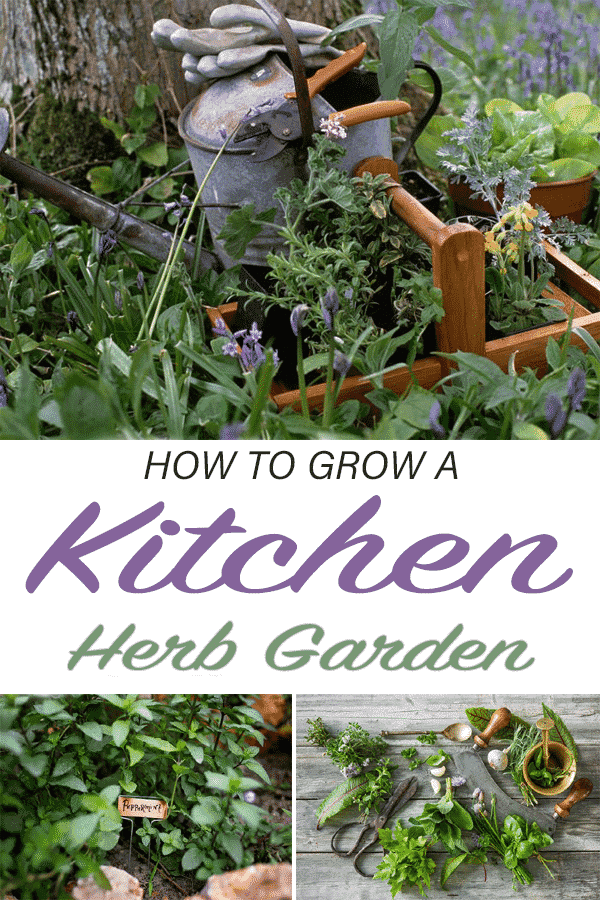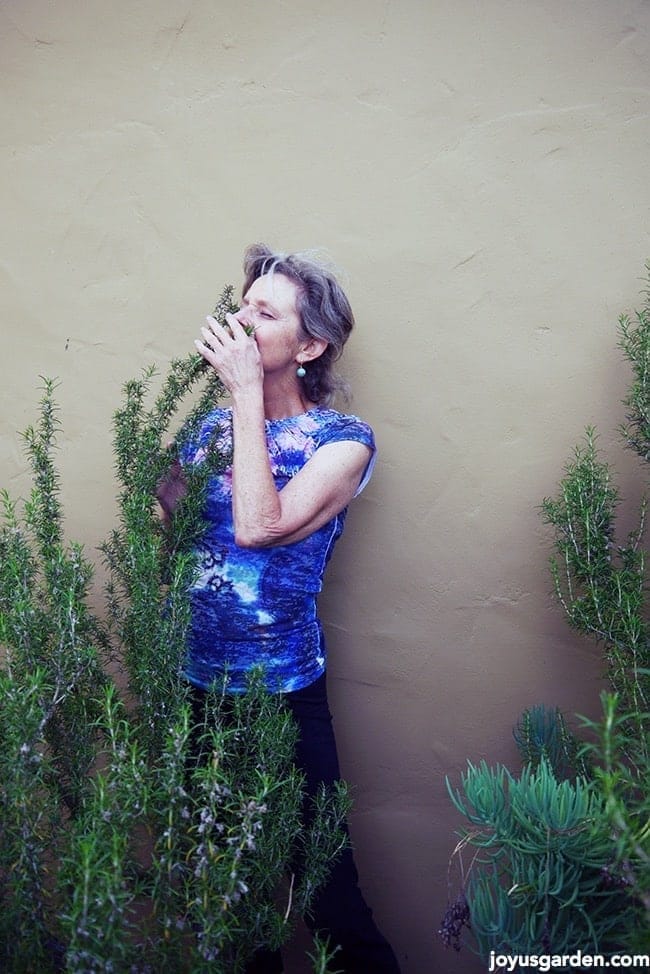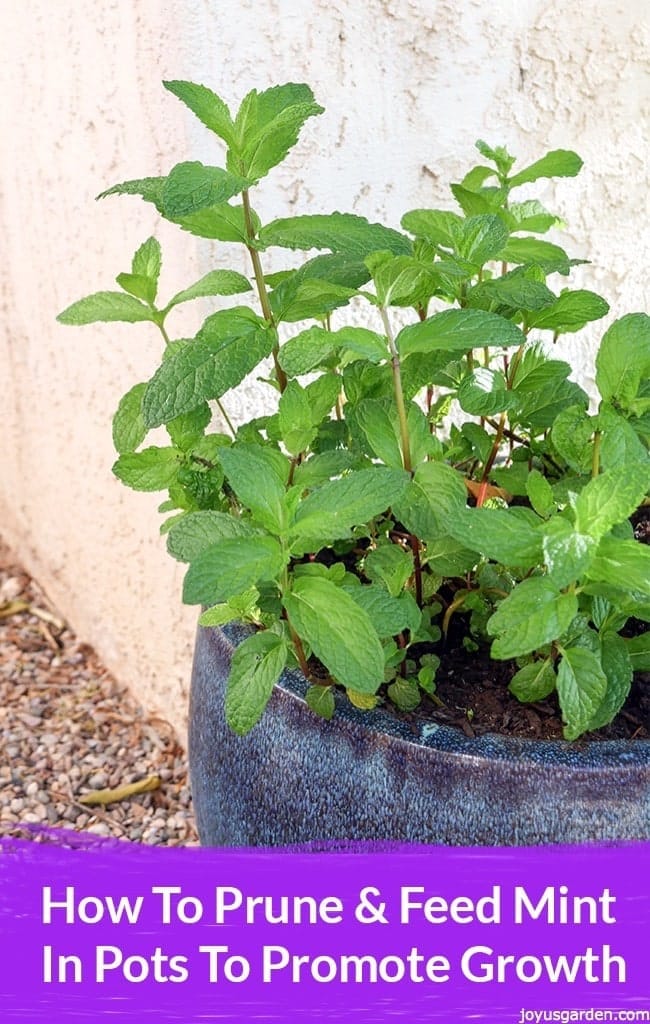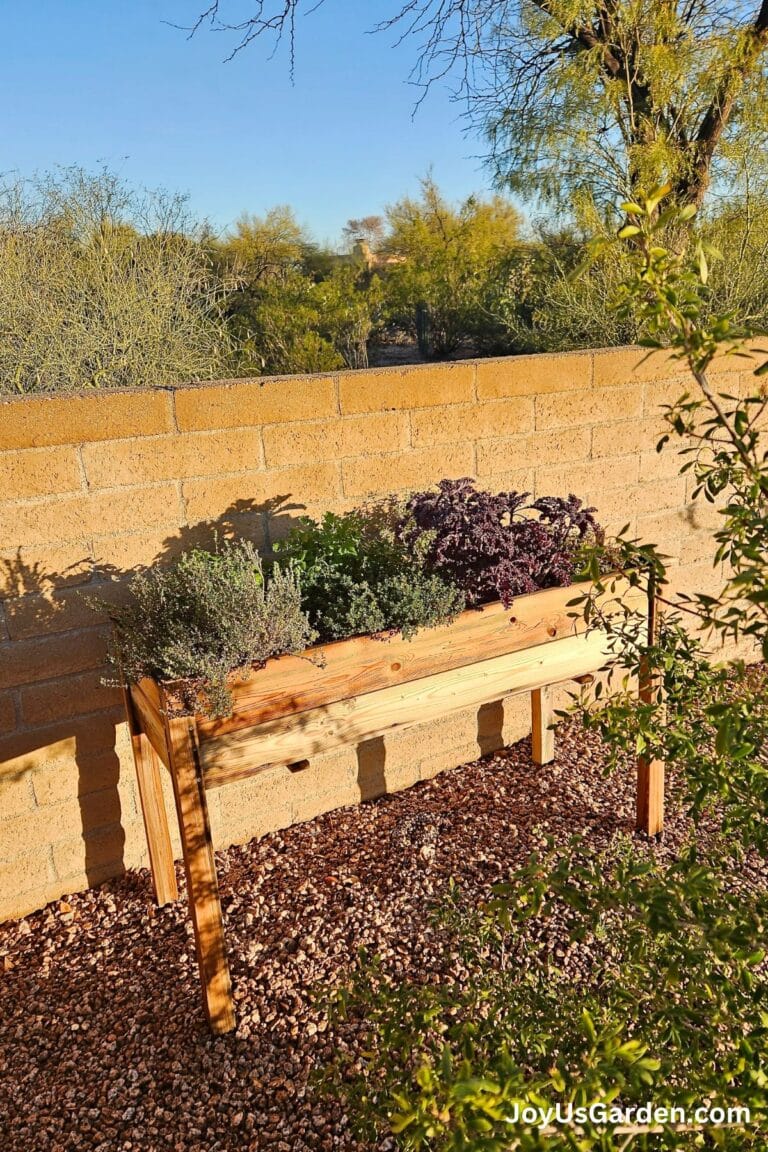Growing Basil In Pots: Basics For Indoors & Outdoors
If you’ve ever thought about growing basil in pots, this guide will teach you how to grow sweet basil, Thai basil, lemon basil, and other basil favorites in a small container garden.
A must-have ingredient if you love pesto or Caprese salad, fresh basil (Ocimum basilicum) is a popular herb that can be easily grown in a vegetable or herb garden. However, if you’re working with a limited growing space, basil can also be kept outdoors in small containers on your patio, or it can be grown indoors on a sunny windowsill.
Growing Basil In Pots
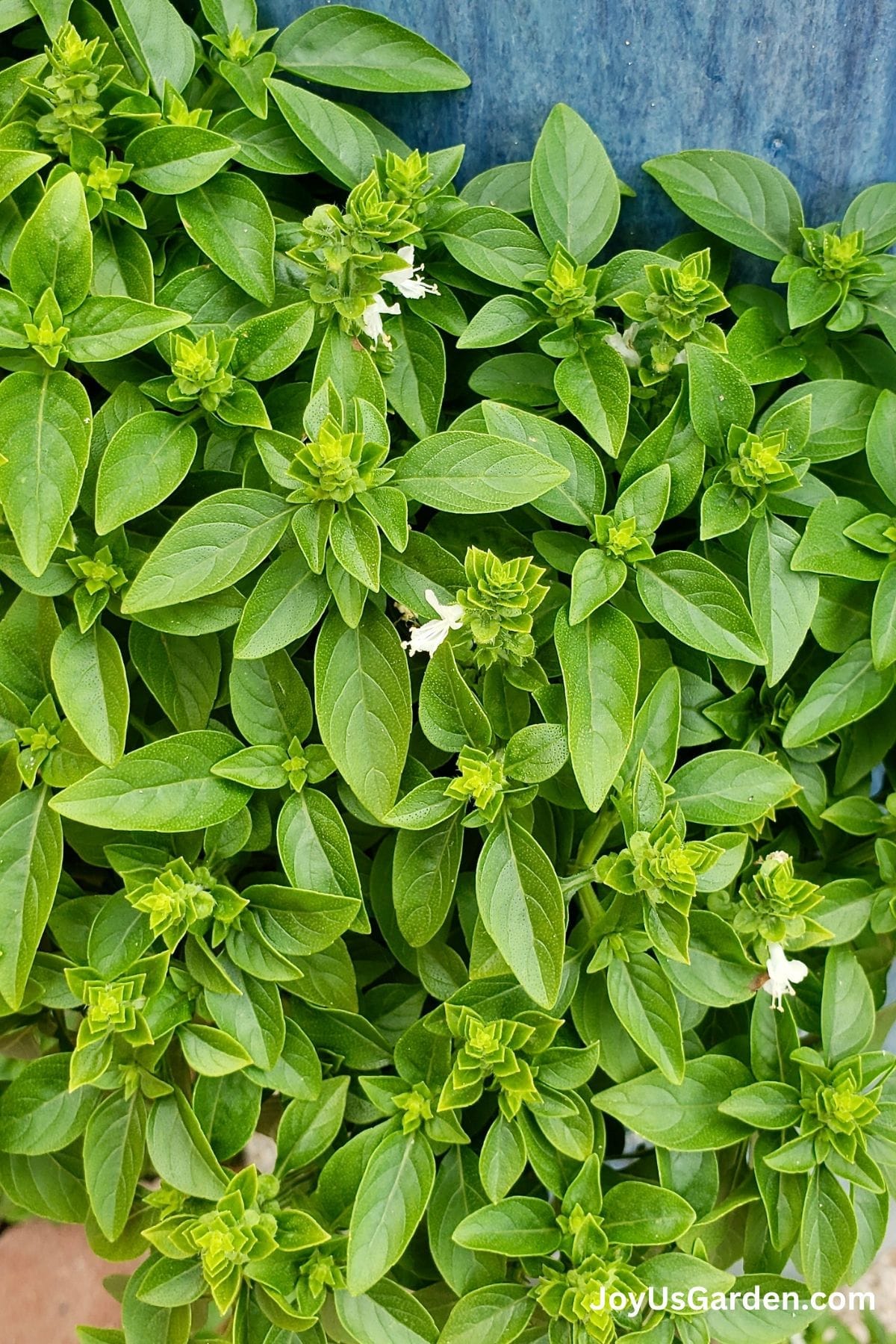
Types of Basil
You can grow basil from basil seeds, purchase young plants at your local nursery, or propagate basil cuttings from grocery store herbs. But regardless of how you decide to start your basil plants, understanding a little bit about the different varieties of basil can help you pick the right basil for your garden.
The basil types listed below are all suitable for growing in a garden bed, but they’re also small enough to fit in a large pot or a window sill garden.
Genovese basil
One of the most commonly grown herbs around, Genovese basil, is the type of basil that’s generally used in Italian cooking. A tender annual, Genovese basil grows beautifully in pots, and it’s also an excellent companion for potted tomato plants.
If you want to make your own homemade pesto, combine Genovese basil with olive oil, garlic, parmesan, pine nuts, and salt, and give it a whir in your blender.
Thai basil
You must grow some Thai basil if you love pho and spring rolls. This highly productive basil plant is very attractive to pollinators, and its aromatic leaves can elevate the flavor of countless dishes.
However, as Thai basil is rarely sold in stores, the best way to ensure you always have some in your pantry is to grow your own.
Lemon basil
Lemon basil is less common but can be used in any recipe where you’d normally add Genovese basil. This flavorful herb tastes a lot like sweet basil, but with an intriguing, lemony twist that’s truly unique.
Use this annual herb to flavor seafood, cocktails, pasta, and more!
Purple basil
One of the showiest basil cultivars you can find, purple basil is famous for its colorful leaves that are ornamented with purple ruffles. In fact, this plant is so attractive you can grow it as an ornamental or an edible.
Globe basil
Globe basil is a spicy cultivar with all the flavor of standard Genovese basil but with a mouthwatering heat that’s hard to beat. Another annual plant, Globe basil, grows well in pots or garden beds, maintaining a tidy, rounded form throughout the growing season.
Mini basil
If you live in an urban setting, you may not think you can grow any edible plants. But there’s good news! Basil actually comes in a mini variety that’s ideal for small spaces.
Mini basil is packed with flavor but only grows about 8 to 10” tall.
Pot Selection
Basil plants need at least a 6 to 8” wide pot to grow properly; however, larger containers are always better. Growing your basil in larger pots gives the plant’s roots plenty of room to grow and it can also allow you to grow multiple basil plants together or sow basil with a companion plant like tomatoes.
Terracotta clay pots and fabric grow bags are both good choices for basil, although any pot with plenty of drainage holes will work.
Soil
Like most other plants, basil will grow best in rich, well-drained soil. Potting soil with a pH level of between 6.0 and 7.5 is ideal. Basil will grow even better if you amend your potting mix with some compost before planting.
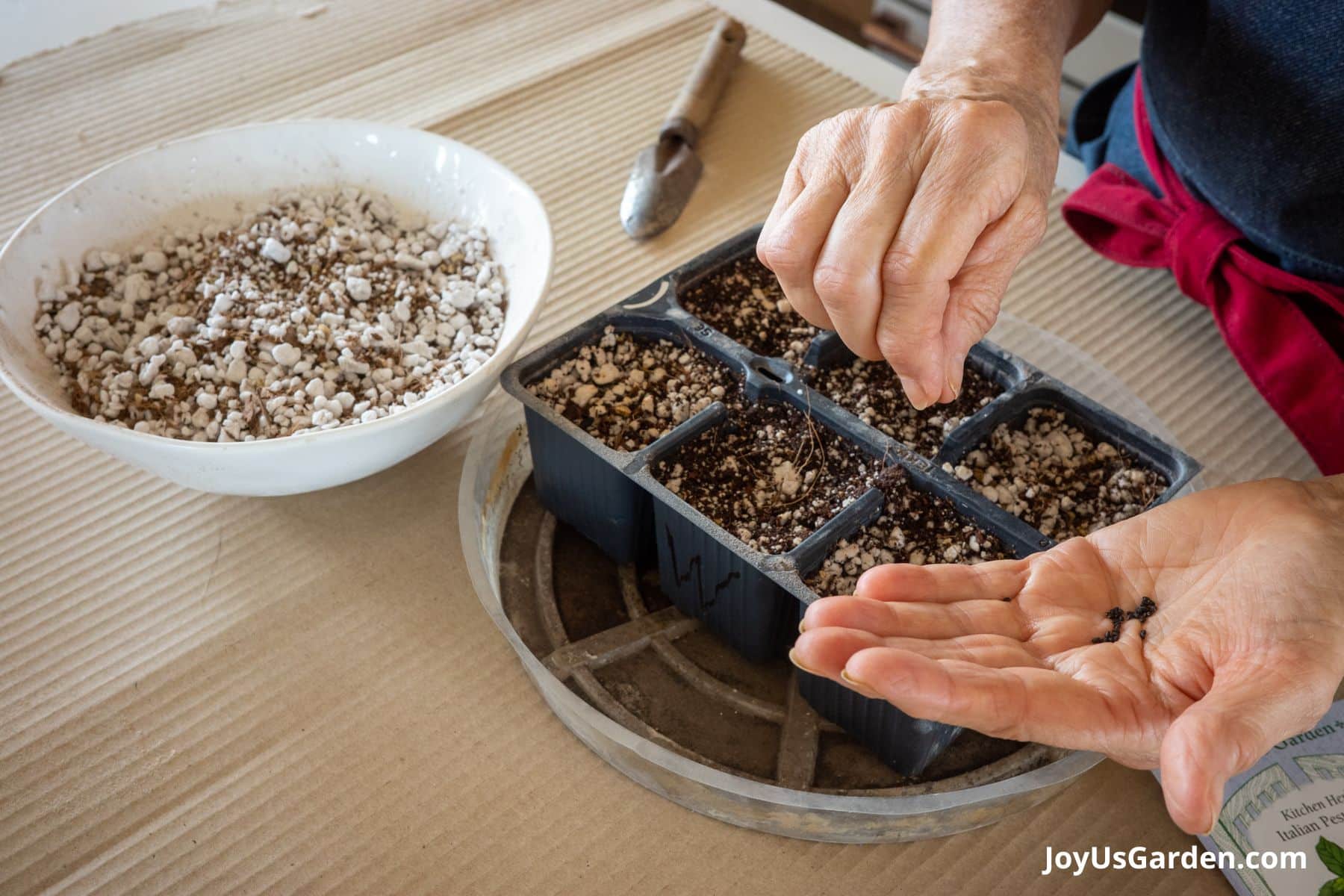
How To Grow From Seed
Growing basil from seed is not complicated, and it’s a great way to save money on your herb garden.
The best time to start basil seeds indoors is in early spring, about 6 to 8 weeks before your last frost date. Basil can be planted in either seed starting trays or pots, but the seeds will need warm temperatures and a window with a bright exposure or a grow light to germinate.
Plant basil seeds about ¼” deep, sowing 1 to 2 basil seeds per planting cell in seed starting trays or space seeds at least 1” apart in pots. These planting instructions will work well for most basil varieties; holy basil seeds should only be lightly pressed into the soil to germinate.
Once your basil seedlings are a few inches tall and have true leaves, thin them out, leaving only the strongest plants behind.
How To Plant Basil In A Pot
Whether you started basil from seeds or purchased nursery starts, young seedlings can be transplanted outdoors after the danger of frost has passed.
To do this, dig a small hole in your potting mix and then position your basil plant in the hole so it is at the same planting depth it was growing in its original pot. Then firm the soil around the base of your basil and give your new plant a deep drink of water to help it acclimate.
Feeding and Fertilizing Basil
Basil is not a heavy feeder; if you amended your potting mix with organic matter before planting, your basil may not need any extra fertilizer. However, if you want to give your plants a boost, you can fertilize them with a half strength, diluted liquid fertilizer.
Apply organic fertilizer every 4 to 6 weeks for indoor plants and every 2 to 3 weeks for plants in outdoor containers.
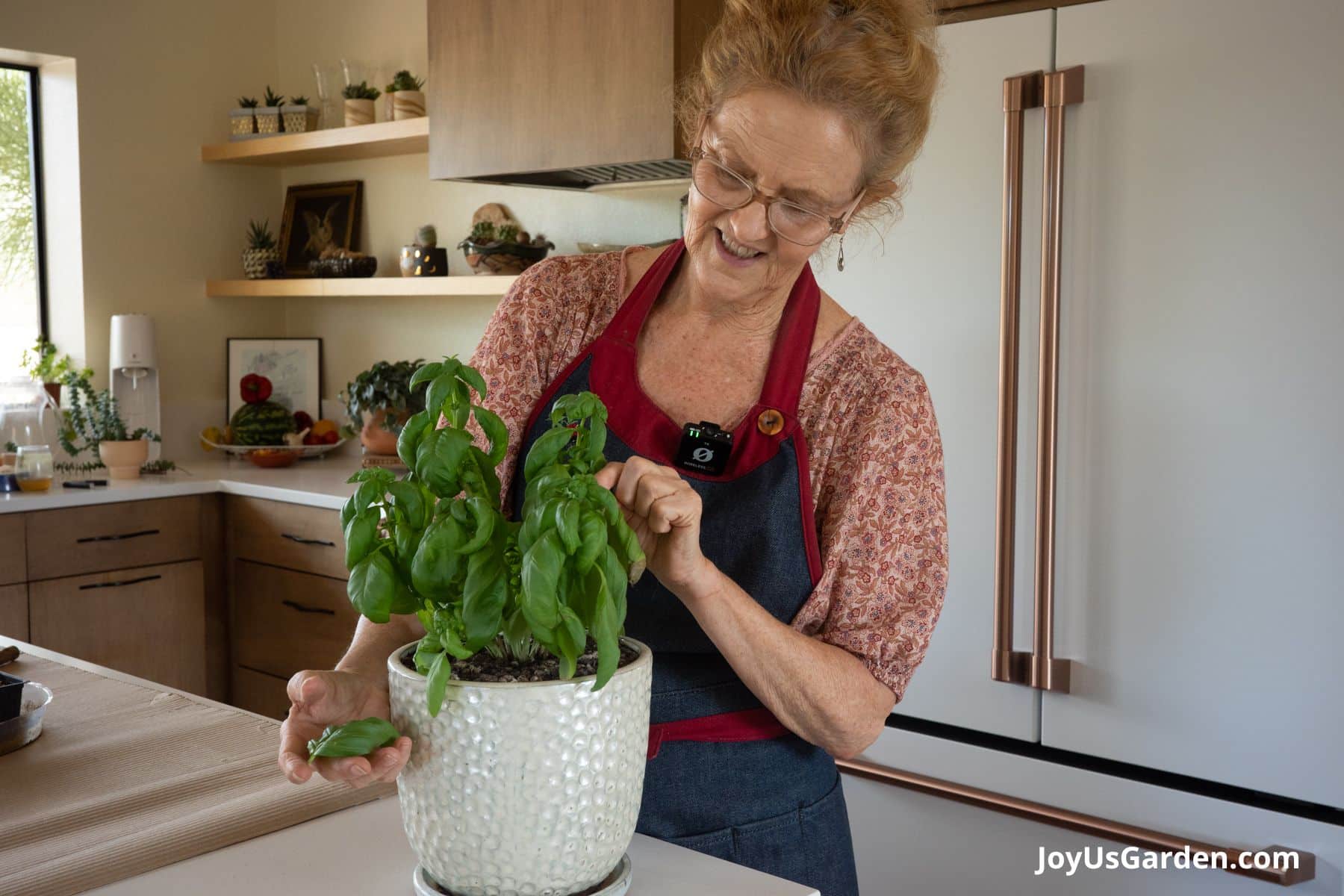
How To Grow Basil Indoors
Exposure
Indoor basil should receive about 6 to 8 hours of direct sunlight daily. Locating your basil in a sunny spot near a south-facing window is recommended, but you can also use a grow light.
Watering
Basil hates soggy soil, and you should never water basil when the soil is already very wet. Instead, only water basil about once a week or when the top 1” of soil feels dry to the touch.
Pruning
Pruning your basil can help you grow larger plants and encourage your basil to produce new leaves. To prune basil, simply pinch off the growing tips of your plant above a leaf node and be sure to save the basil leaves you remove for your kitchen.
Pruning the tips of your plants will jumpstart leaf production, but never remove more than 1/3 of your basil stems at once, as this can cause plant stress.
Common Problems and Pests
The most common problem you may encounter when keeping basil indoors is spider mites. These sap-sucking insects can weaken your plants and cause basil leaves to discolor. Spider mites can be prevented by boosting humidity levels around your basil, while treatment usually involves spraying the entire plant with organic insecticidal soap or neem oil sprays.
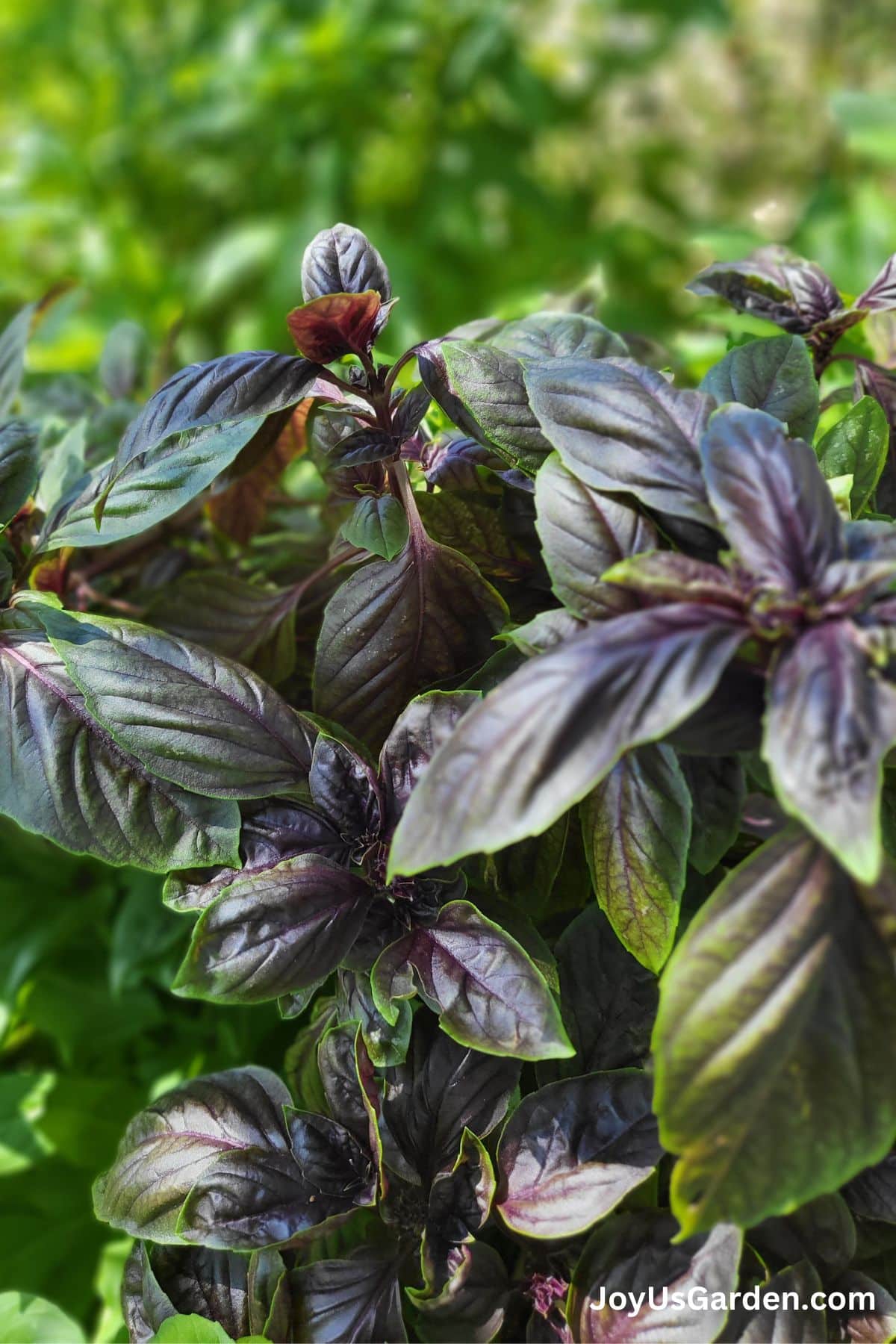
How To Grow Basil Outdoors
Exposure
Outdoor basil can be grown in full sun, but it may benefit from some light afternoon shade, particularly in hot weather. When exposed to too much bright light, basil leaves can suffer from sunscald and start to discolor.
You can prevent sunscald from occurring by placing your basil pots beneath taller plants or keeping your pots on a lightly shaded patio.
Are you looking for other herbs that do well in a sunny exposure? Here’s our list of Herbs For Full Sun.
Watering
Basil doesn’t need much water; outdoor plants should only be given about one inch of water per week. Watering more often can promote soggy soil and lead to issues like root rot. For consistently moist soil, consider adding a layer of mulch around the base of your plants.
Pruning
Outdoor basil may need to be pruned more often than indoor basil, as outdoor plants tend to grow faster and produce flower heads sooner.
Pruning basil often will help you produce bushy plants, but it will also prune away flower buds so they don’t affect the flavor of your basil.
Common Problems and Pests
Spider mites can occur on outdoor basil, but you may also have to deal with fungal diseases and pests like Japanese beetles.
Powdery and downy mildew are common issues in outdoor container gardens, and they can cause leaf discoloration and stunted plant growth. Both types of mildew can be prevented by watering your plants at the soil line and keeping leaves dry. Spacing your plants apart and pruning away dense foliage improves air flow and prevents mildew.
Japanese beetles can be repelled with strong-smelling companion plants like chives and other alliums. You can also treat Japanese beetles organically with handpicking or products like milky spore.
Basil is known to repel mosquitos. Check out these other Herbs That Repel Mosquitos.

Harvest and Store Basil
You can harvest basil throughout the growing season by pinching off leaves as needed for fresh salads and other recipes. Since basil is an annual, you can also harvest the entire plant in the fall and dry or freeze it for later use.
Fresh basil can be stored in your fridge for about 7 to 10 days. For longer-term storage, dry basil with a dehydrator or chop it and freeze it in ice cube trays to make future food prep a breeze.
Check out this list of Herbs For Cooking. You’ll want to grow them all!
FAQ’s Growing Basils In Pots
As an annual, basil will only live for 6 to 12 months, even in the best conditions. If you want to keep your basil harvest going, consider succession planting basil seeds every few months.
As long as you keep your basil in bright light, you can grow basil all through the winter months.
Yes, basil will grow happily in even small 6” pots, but plants will grow even better in larger containers.
Conclusion
Basil is one of the most flavorful herbs you can grow, but it’s also a highly adaptable plant that can thrive in even the smallest spaces. Whether you have basil pots on your patio or a single basil plant in your kitchen, you can harvest an impressive amount of fresh basil from a small container garden.
Happy Gardening,
-Lauren
This post may contain affiliate links, you can read our policies here.
